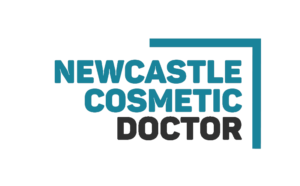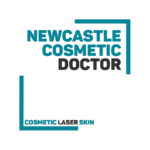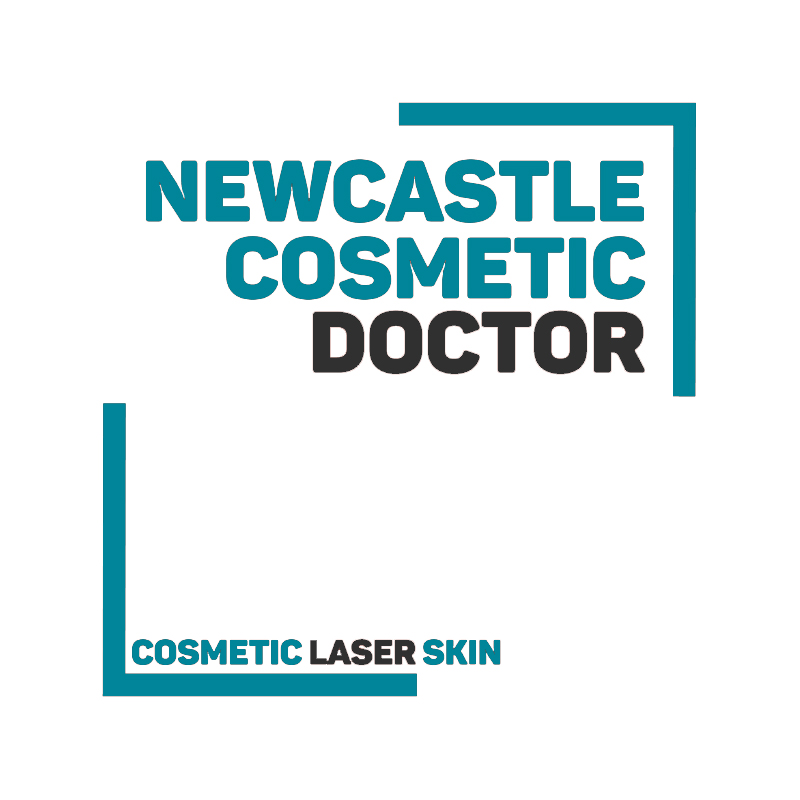At Newcastle Cosmetic Doctor (NCD), informed consent is a continuous, two-way conversation that occurs before, during and after cosmetic injectables and laser procedures. This policy sets out what patients are told, how consent is obtained, recorded and reviewed, and the protections in place for vulnerable groups. It aligns with the latest Australian regulatory and health standards, including Ahpra/Medical Board guidelines, NSW Health consent law, the Australian Charter of Healthcare Rights, privacy law and therapeutic goods advertising rules.1 2 3 4 5 6
1. Legal & Governance Framework
Consent at NCD is governed by: (a) Ahpra/Medical Board standards for cosmetic practice; (b) NSW Health’s Consent Manual, which explains the legal requirements for valid consent and substitute decision-making; (c) the Australian Charter of Healthcare Rights, which underpins transparency, choice and partnership; and (d) privacy and advertising law governing patient information and communications. 1 2 3 4 5 6
2. What Informed Consent Includes (Plain-English Checklist)
Before any treatment, the practitioner explains in plain English: (1) the nature and purpose of the procedure; (2) expected benefits and realistic outcomes; (3) material risks (e.g., bruising, infection, burns, vascular occlusion, vision risks for certain facial areas); (4) alternatives and option to defer; (5) post-treatment care and common side effects; (6) who will perform the procedure and their qualifications; (7) costs, including any follow-up fees; (8) advertising/photography boundaries; and (9) how to complain or seek a second opinion. A cooling-off period is offered as required. 1 3 4 7 5 6
3. Cooling-Off & Timing
For higher-risk or first-time cosmetic procedures, patients are offered a cooling-off period in accordance with Ahpra/Medical Board guidance (including mandatory cooling-off for people under 18). No procedure proceeds until the prescribing doctor is satisfied that the patient’s decision is voluntary, informed and consistent over time. 1 3
4. Prescriber Consultation, Telehealth & Asynchronous Prescribing
Prescription-only cosmetic medicines (e.g., botulinum toxin, many dermal fillers) require a real-time consultation with the prescriber to assess suitability and explain risks and alternatives. Asynchronous prescribing (e.g., questionnaire-only, no real-time consult) is not acceptable. Telehealth may be used where appropriate, provided the consultation is real-time and meets identification and consent standards.8
5. Capacity, Minors & Substitute Decision-Makers
Capacity is decision-specific and assessed clinically. For minors, NSW Health’s Consent Manual and HCCC guidance apply. Where a patient lacks capacity, a substitute decision-maker may provide consent as permitted by law. Emergency exceptions and special rules for minors (including Gillick/Marion’s principles) are followed. 2 9
6. Financial Consent (Transparent Fees)
Before booking, patients are given clear written pricing, including total expected costs and any separate fees (e.g., reviews, consumables). NCD avoids ‘drip pricing’ and ensures that single total prices are prominent in accordance with ACCC guidance.10
7. Photographs, Advertising & Social Media
Clinical photos form part of the medical record and are stored securely. Separate, explicit consent is required before any image is used for advertising or education. All communications comply with Ahpra advertising rules and the TGA Advertising Code. 1 6
8. Written Consent, Documentation & Retention
Consent is documented on a signed form (or recorded electronically) and includes procedure details, risks discussed, alternatives, practitioner identity, costs, cooling-off, and patient questions. Records are retained in line with NSW Health retention rules; access and correction rights are managed under the Australian Privacy Principles. 2 4
9. Right to Withdraw & Escalation Pathways
Patients may withdraw consent at any time before the procedure. If concerns arise, patients can seek a second opinion, use NCD’s complaints process, or contact external bodies including HCCC and Ahpra. 9 1
10. Patient Information & Education
Patients receive procedure-specific information sheets, aftercare instructions, realistic expectations of outcomes, and safety-net advice. NCD uses resources consistent with the Australian Charter of Healthcare Rights and the NSQHS Partnering with Consumers Standard. 3 7
11. Continuous Improvement & Audit
Consent processes are audited for completeness and quality (e.g., clarity of risks, cooling-off documentation, identity of prescriber). Findings are discussed in clinical governance meetings and inform staff training and patient information updates. This aligns with the NSW Clinical Procedure Safety Policy and the NSQHS Standards.11 12
Sources
- Ahpra 2025, New guidelines for non-surgical cosmetic procedures (in effect), Australian Health Practitioner Regulation Agency, viewed 3 Oct 2025, https://www.ahpra.gov.au/News/2025-01-31-Guidelines.aspx ↩︎
- NSW Health 2025, Consent to Medical and Healthcare Treatment Manual (3rd ed.), NSW Health, viewed 3 Oct 2025, https://www.health.nsw.gov.au/policies/manuals/Pages/consent.aspx ↩︎
- Australian Commission on Safety and Quality in Health Care (ACSQHC) 2021, Australian Charter of Healthcare Rights, ACSQHC, viewed 3 Oct 2025, https://www.safetyandquality.gov.au/our-work/partnering-consumers/australian-charter-healthcare-rights ↩︎
- Office of the Australian Information Commissioner (OAIC) 2023, Australian Privacy Principles (APPs), OAIC, viewed 3 Oct 2025, https://www.oaic.gov.au/privacy/australian-privacy-principles ↩︎
- Therapeutic Goods Administration (TGA) 2021, Applying the Therapeutic Goods Advertising Code, Australian Government Department of Health and Aged Care, viewed 3 Oct 2025, https://www.tga.gov.au/resources/resource/guidance/applying-therapeutic-goods-advertising-code ↩︎
- Therapeutic Goods Administration (TGA) 2021, Therapeutic Goods Advertising Code Instrument 2021, Australian Government Federal Register of Legislation, viewed 3 Oct 2025, https://www.legislation.gov.au/Series/F2021L00207 ↩︎
- Medical Board of Australia 2023, Guidelines for cosmetic medical and surgical procedures, Medical Board of Australia, viewed 3 Oct 2025, https://www.medicalboard.gov.au/Codes-Guidelines-Policies/Cosmetic-surgery-guidelines.aspx ↩︎
- Ahpra 2025, Resources for performing non-surgical cosmetic procedures (consultation, telehealth and prescribing), Australian Health Practitioner Regulation Agency, viewed 3 Oct 2025, https://www.ahpra.gov.au/News/2025-01-31-Guidelines.aspx ↩︎
- Health Care Complaints Commission (HCCC) NSW 2025, Consent for treatment: capacity, minors and substitute consent, HCCC NSW, viewed 3 Oct 2025, https://www.hccc.nsw.gov.au/resources/for-consumers/consent-for-treatment ↩︎
- Australian Competition and Consumer Commission (ACCC) 2025, Displaying prices and drip pricing guidance, ACCC, viewed 3 Oct 2025, https://www.accc.gov.au/business/advertising-and-promotions/displaying-prices ↩︎
- NSW Health 2017, Clinical Procedure Safety Policy (PD2017_032), NSW Health, viewed 3 Oct 2025, https://www1.health.nsw.gov.au/pds/ActivePDSDocuments/PD2017_032.pdf ↩︎
- Australian Commission on Safety and Quality in Health Care (ACSQHC) 2021, National Safety and Quality Health Service (NSQHS) Standards – Overview, ACSQHC, viewed 3 Oct 2025, https://www.safetyandquality.gov.au/standards/nsqhs-standards ↩︎


